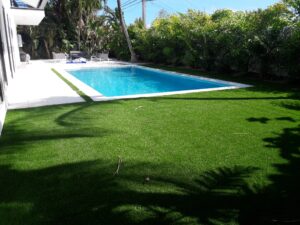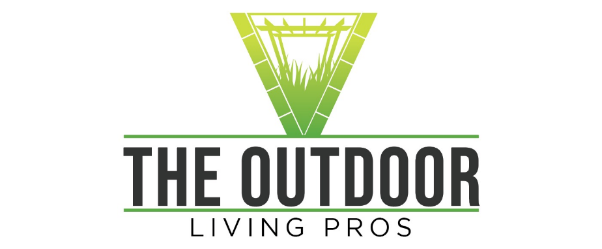Artificial turf, once reserved for sports fields and commercial spaces, has become increasingly popular in residential landscapes. While it offers low maintenance and year-round greenery, concerns about its safety and environmental impact have sparked debate. In this blog post, we’ll delve into the facts surrounding artificial turf to determine whether it’s a safe and sustainable option for your home.
The Safety Debate:
One of the primary concerns surrounding artificial turf is its potential health risks, particularly due to the materials used in its construction. Critics argue that artificial turf contains harmful chemicals such as lead and volatile organic compounds (VOCs), which may pose risks to human health, especially for children and pets who come into direct contact with the surface.
However, it’s essential to distinguish between older generations of artificial turf, which may have contained higher levels of hazardous substances, and modern, eco-friendly alternatives. Many manufacturers have responded to health concerns by producing artificial turf with improved safety standards, using non-toxic materials and ensuring compliance with rigorous regulations.
Research and Regulation:
Numerous studies have been conducted to assess the safety of artificial turf, with mixed findings. While some studies have raised concerns about potential exposure to lead and other chemicals, others have found no significant health risks associated with modern artificial turf products.
In response to growing concerns, regulatory agencies such as the Environmental Protection Agency (EPA) and the Consumer Product Safety Commission (CPSC) have established guidelines and standards to regulate the safety of artificial turf products. These standards address issues such as lead content, flammability, and durability, providing consumers with reassurance regarding the safety of certified products.
Environmental Considerations:
In addition to safety concerns, the environmental impact of synthetic grass has also been a topic of debate. Critics argue that synthetic turf contributes to environmental degradation through the use of non-renewable resources, such as petroleum-based materials, and the generation of waste at the end of its lifecycle.
However, proponents of artificial turf point to its water-saving benefits as a sustainable alternative to natural grass, particularly in regions prone to drought or water restrictions. By eliminating the need for regular watering, mowing, and chemical pesticides, artificial turf can significantly reduce water consumption and maintenance costs over time.
Furthermore, advances in technology have led to the development of eco-friendly artificial turf products made from recycled materials and designed for recyclability at the end of their useful life. These innovations demonstrate a commitment to sustainability and minimize the environmental footprint of artificial turf installations.
While concerns about the safety and environmental impact of artificial turf persist, it’s essential to consider the evolving landscape of synthetic turf products and the regulatory measures in place to address these concerns. With careful selection of certified products that meet established safety standards and a commitment to responsible installation and maintenance practices, artificial turf can offer a safe, sustainable, and attractive solution for residential landscapes. As with any landscaping decision, weighing the benefits and drawbacks based on individual preferences and priorities is crucial in making an informed choice for your family and the environment.
12600 S Belcher Rd Suite 106A, Largo, FL 33773, USA
(888) 297-6972

synthetic grass installers

Recent Comments